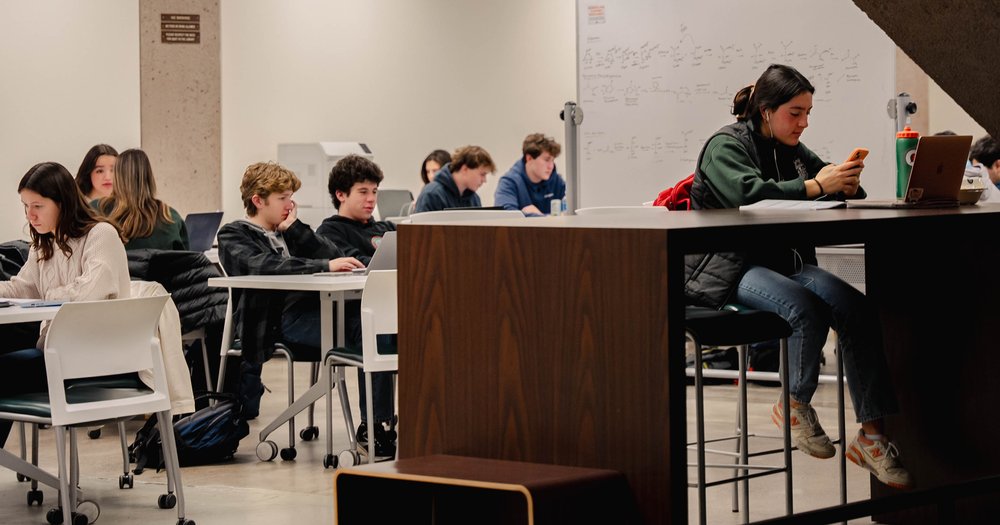Supporting Student Media Literacy

From December 19-23, 2024, Inside Higher Ed and Generation Lab polled 1,026 students at 181 two- and four-year institutions, collecting data on how students get the news, their trust and evaluation of those sources, and how colleges might better support their media literacy.
Results reveal that social media platforms, particularly Instagram and TikTok, are now a primary news source for nearly three in four students. However, when asked how much they trust social media to deliver news or critical information accurately, 47% responded "not at all" or "not really." Meanwhile, legacy media sources like newspapers are less frequently used, with only two in ten students regularly turning to them for news, despite generally trusting them for accuracy.
The survey also highlights significant concerns about misinformation, with 62% of respondents worried about its spread among peers. While colleges are somewhat effective in teaching media literacy, only 46% of students approve of their institutions' efforts to promote it.
Syracuse University Libraries offers a variety of resources to help serve information and media literacy for students, faculty and beyond, including:
- Tutorials and courses in information literacy topics, like: evaluating information, bias, fact-checking, understanding misinformation, research basics, and more
- Free subscriptions for Syracuse University account, email address and password holders to high-quality digital journalism, with national and local newspapers including The New York Times, Wall Street Journal, The Washington Post, and Syracuse.com
- Access via the Libraries to additional periodical websites like Chronicle of Higher Education, Advertising Age and The Economist
- Instruction through our Information Literacy program, led by Information Literacy Librarian Kelly Delevan, Online Learning Librarian John Stawarz, and graduate Information Literacy Scholars.
In its analysis, Insider Higher Ed also prompted students to evaluate their use of the following media literacy practices, which serve as a great rule of thumb for examining information:
- Analyze the source’s perspective and/or possible biases
- Think critically about the message delivered
- Verify the information using other sources
- Consider the algorithm that is pushing certain content on websites and/or social media
- Pause to check the information before sharing with others/on social media
- Identify who or what additional sources are being included in the content
- Be intentional about search terms when looking for information online
- Consider AI’s possible role in creating the content
Source: Flaherty, Colleen. “Survey: Students on Media Literacy and How Colleges Can Help.” Inside Higher Ed | Higher Education News, Events and Jobs, 15 Jan. 2025
